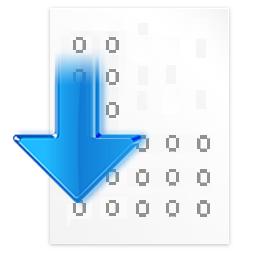Task semantics can be expressed by a set of input-to-output examples or a piece of textual instruction. Conventional machine learning approaches for natural language processing (NLP) mainly rely on the availability of large-scale sets of task-specific examples. Two issues arise: first, collecting task-specific labeled examples does not apply to scenarios where tasks may be too complicated or costly to annotate, or the system is required to handle a new task immediately; second, this is not user-friendly since end-users are probably more willing to provide task description rather than a set of examples before using the system. Therefore, the community is paying increasing interest in a new supervision-seeking paradigm for NLP: learning from task instructions. Despite its impressive progress, there are some common issues that the community struggles with. This survey paper tries to summarize the current research on instruction learning, particularly, by answering the following questions: (i) what is task instruction, and what instruction types exist? (ii) how to model instructions? (iii) what factors influence and explain the instructions' performance? (iv) what challenges remain in instruction learning? To our knowledge, this is the first comprehensive survey about textual instructions.
翻译:提示是否已经足够?不。任务指导学习的全面和更广泛视角
翻译后的摘要:
任务的语义可以通过一组输入-输出示例或一条文本提示来表达。传统的自然语言处理(NLP)机器学习方法主要依赖于大规模的任务特定示例集的可用性。出现了两个问题:首先,收集任务特定的带标签示例不适用于任务可能过于复杂或昂贵而无法注释,或要求系统立即处理新任务的情况;第二,这对最终用户不够友好,因为最终用户可能更愿意在使用系统之前提供任务描述而不是一组示例。因此,学术界对NLP的新监督求解范式——从任务指南学习——越来越感兴趣。尽管取得了惊人的进展,但该领域仍存在一些共同问题。本综述论文试图总结任务指导学习的当前研究,特别回答以下问题:(i)什么是任务指南,有哪些指南类型?(ii)如何对指南建模?(iii)影响和解释指南性能的因素是什么?(iv)任务指导学习面临哪些挑战?据我们所知,这是第一篇关于文本指南的全面综述。



